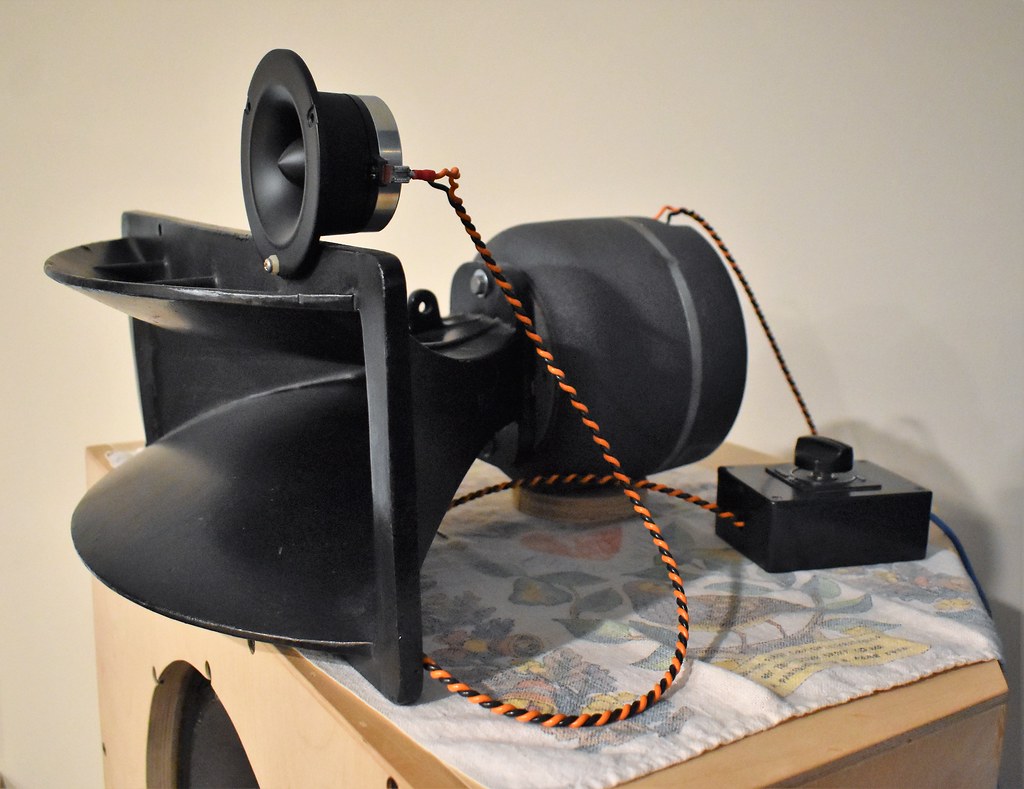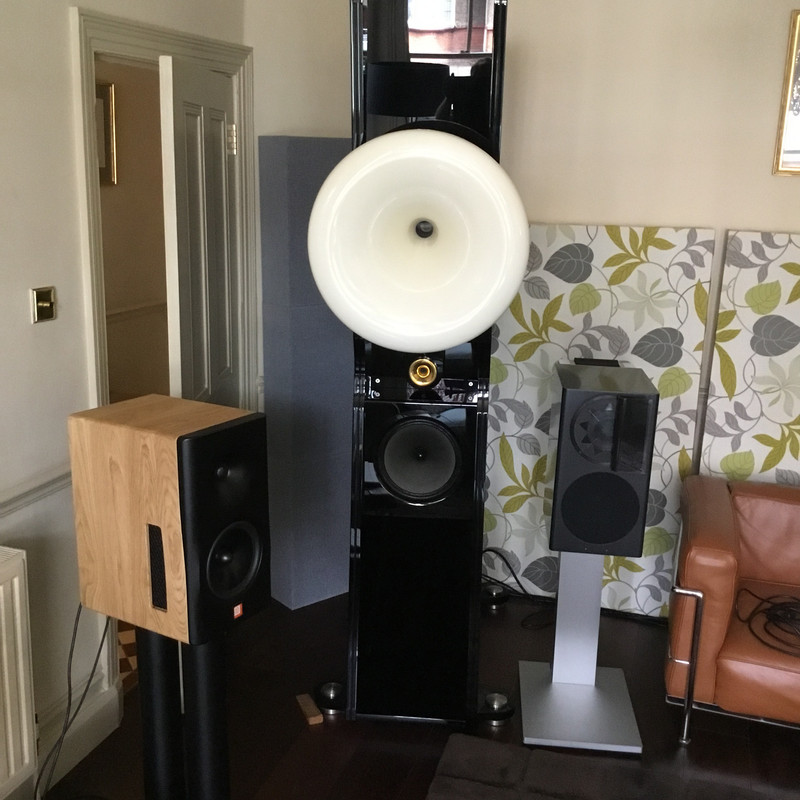Newman
Major Contributor
- Joined
- Jan 6, 2017
- Messages
- 3,503
- Likes
- 4,330
We have to consider the possibility that we are observing and experiencing an example of shared confirmation bias. Sure, we are prone to assume it's in the sound waves, but the science of human perception says it's a mistake to underestimate what happens in sighted listening that is not about the sound waves.
I once set up a sighted, switch-over test between my monitor-based sat-sub system, and my horn-based 4-way active system (with EQ to broadly similar tonality), matched overall SPL, and even at low volumes one listener said, "not a small increase in dynamics there". Subjectively, I wanted to agree.
OTOH it's not a bad thing, if the very sight and knowledge of a big, bold, high-e setup, and its reputation, causes us to generate a common experience of high "jump-factor".
Side note: to anyone technical, the word dynamic is not the right one here, and will cause debate about maximum SPLs, which is not the subjective characteristic that we want to discuss here. I like Holt's "jump factor".
I once set up a sighted, switch-over test between my monitor-based sat-sub system, and my horn-based 4-way active system (with EQ to broadly similar tonality), matched overall SPL, and even at low volumes one listener said, "not a small increase in dynamics there". Subjectively, I wanted to agree.
OTOH it's not a bad thing, if the very sight and knowledge of a big, bold, high-e setup, and its reputation, causes us to generate a common experience of high "jump-factor".
Side note: to anyone technical, the word dynamic is not the right one here, and will cause debate about maximum SPLs, which is not the subjective characteristic that we want to discuss here. I like Holt's "jump factor".

 DSC_6853
DSC_6853 DSC_0144 (2)
DSC_0144 (2) bent altecs with RH drivers
bent altecs with RH drivers DSC_7275 (2)
DSC_7275 (2)